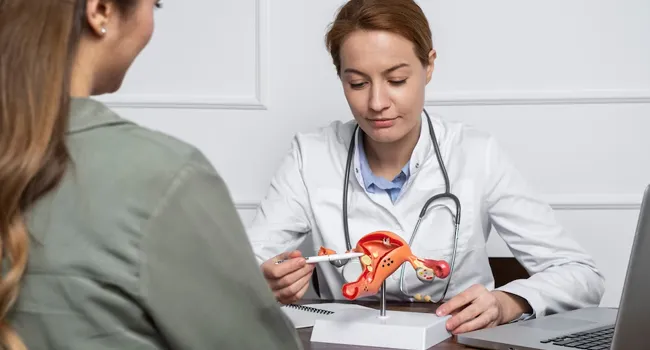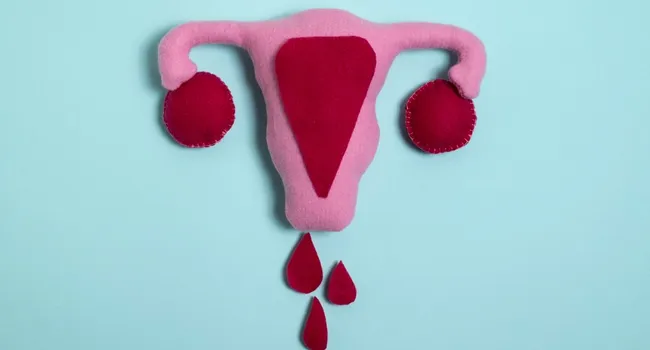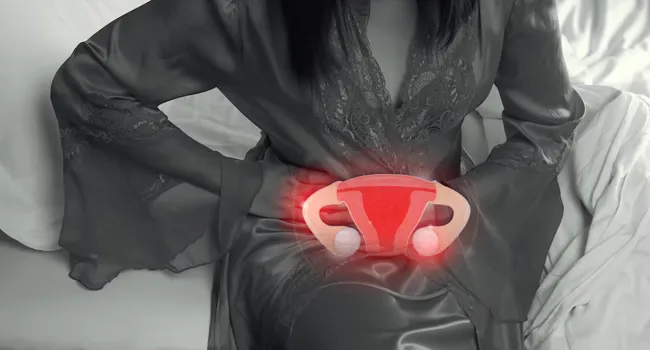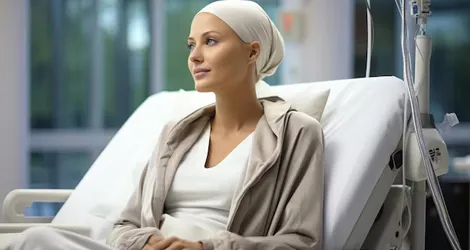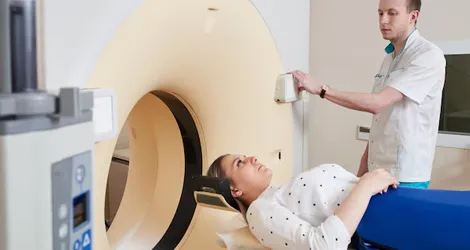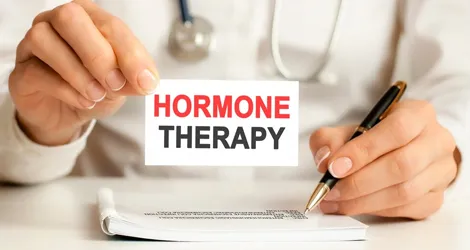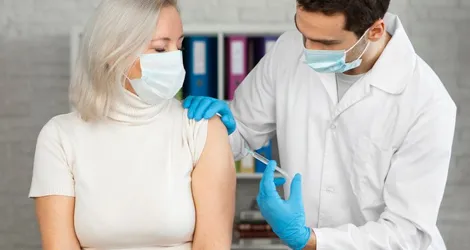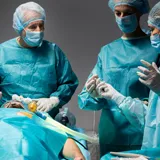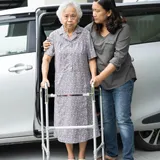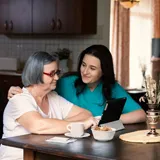Overview
Uterine or endometrial cancer is considered the most common of all cancers in the female reproductive system and usually starts from the lining of the uterus (the endometrium) in women over 40 years. Usually, it has a good prognosis if caught early and treated.
What are uterus functions?
The uterus is a part of the female reproductive system. It functions mainly as the house of a fetus in the event of pregnancy. At the upper part of the uterus, we call it the body or corpus, whilst at the lower end, we have its lower opening, termed cervix, connecting the uterus to the vagina. Uterine cancer is that type of cancer which derives its origin from the body of your uterus. Cervical cancer is that which attacks the cervix.
What are the endometrial functions?
The endometrial lining is that inner layer of uterus. It is the one that varies for a month. The endometrium, then, would cobble its strength on the development of the hormone, meaning it would thicken during the implantation for the pregnancy. If pregnancy does not happen, there would be a change of decreasing progesterone in the body, or losing, thereby culminating the shedding of the endometrial lining-something also known as "period."
What is the prevalence of uterine cancer?
Statistics indicate that endometrial cancer is the most common cancer of the reproductive system in American women, while it occurs predominantly in the post-menopausal phase; however, only about 3% of the population will ever be diagnosed with this disorder in some phase of their lives. Every year more than 65,000 women are diagnosed.
- Endometrial adenocarcinoma is the most common type of cancer affecting the uterus and the endometrium. It arises within the endometrial glands and manifests various grades of severity.
- Uterine papillary serous carcinoma is such a cancer lining the uterus and endometrium; they are rare but often very aggressive and tend to recur even if diagnosed early.
- Uterine clear-cell carcinoma is even rarer, occurring in fewer than 5% of cases.
- Uterine carcinosarcoma is rare and possibly considered a more aggressive form of endometrial and uterine cancer but represents less than 5% of all cases.
- Uterine sarcoma This is a cancer of the uterus which starts from the muscular wall of the uterus otherwise referred to as myometrium. This represents less than 10% of all uterine cancers. It is this sarcoma that is often more aggressive than the other types of uterine cancer.
